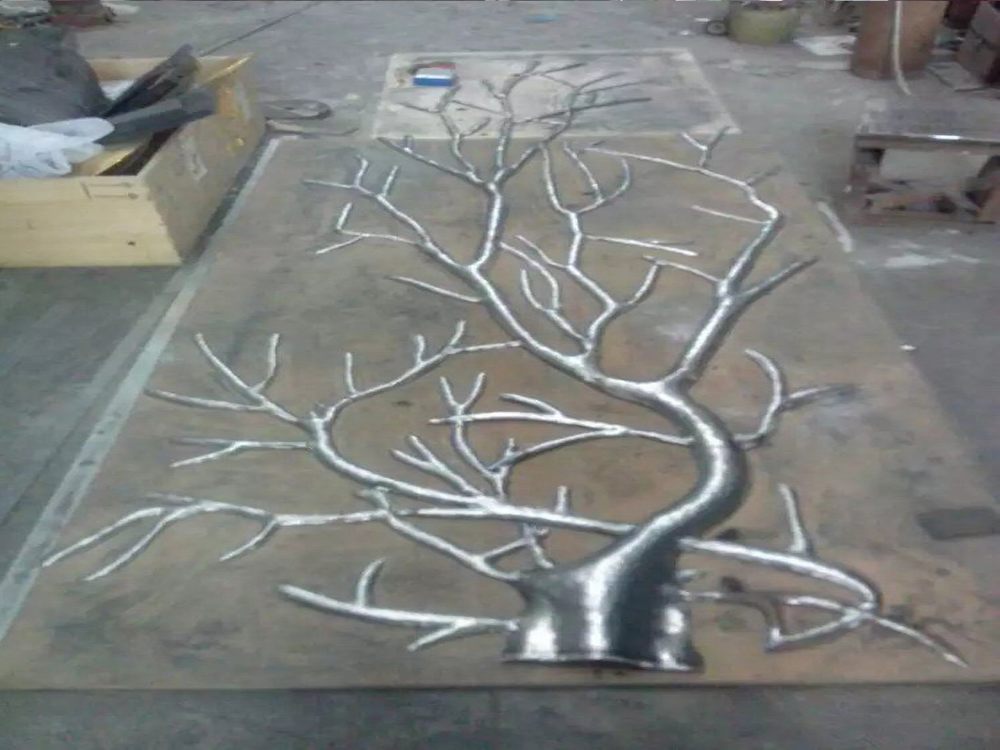
Non-representational stone sculptures, though devoid of figurative elements, often convey profound narratives through subtle artistic choices. Artists employ a range of techniques to imbue abstract forms with storytelling power.
1. Dynamic Composition: By carefully arranging voids and masses, sculptors create visual tension that suggests movement or progression, inviting viewers to "read" the sculpture like a story unfolding in space.
2. Texture as Language: Rough, polished, or chiseled surfaces communicate emotional tones—a jagged edge might imply conflict, while smooth curves evoke harmony.
3. Negative Space: The intentional use of empty areas becomes as meaningful as the stone itself, forming symbolic gaps that viewers instinctively fill with personal interpretations.
4. Scale and Proportion: Monumental works command attention with their physical presence, while intimate pieces draw viewers into private contemplation.
5. Material Memory: Artists often select stones with inherent geological narratives—veins, fractures, or color variations that become part of the artwork's story.
Contemporary sculptors like Anish Kapoor and Barbara Hepworth demonstrate how abstract stone works can suggest mythological themes, personal journeys, or universal human experiences without literal representation. The true narrative emerges in the dialogue between the artist's intention and the viewer's perception, making each encounter with the sculpture uniquely meaningful.
Through these methods, stone transforms from inert material into a medium capable of expressing complex narratives that transcend language and cultural boundaries.

